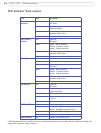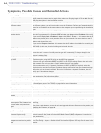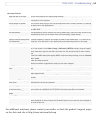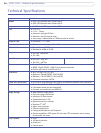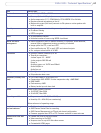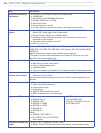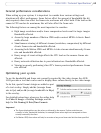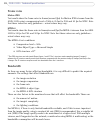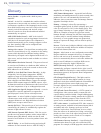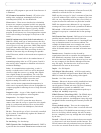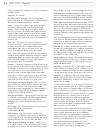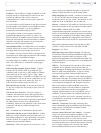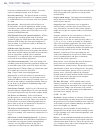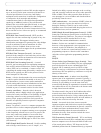
70
AXIS 233D - Technical Specifications
Frame rates
Motion JPEG
Test results show the frame rates in frames/second (fps) for Motion JPEG streams from the
AXIS 233D, using a compression level of 50% is 25 fps for PAL and 30 fps for NTSC. Note
that these values are only guidelines - actual values may vary.
MPEG-4
Test results show the frame rates in frames/second (fps) for MPEG-4 streams from the AXIS
233D is 25 fps for PAL and 30 fps for NTSC. Note that these values are only guidelines -
actual values may vary.
The MPEG-4 test conditions:
• Compression level = 50%
• Video Object Type = Advanced Simple
• GOV structure = IP*
* The GOV structure can take two different forms; I and IP. The I-structure sends complete images (I-images)
whereas the IP-structure mostly sends the differences compared with the previous image (P-images) and only a few
I-images. The IP-structure requires much less bandwidth than the I-structure.
Bandwidth
As there are many factors affecting bandwidth, it is very difficult to predict the required
amounts. The settings that affect bandwidth are:
• the image resolution
• the image compression
•the frame rate
• the MPEG-4 object type
• the MPEG-4 GOV structure
There are also factors in the monitored scene that will affect the bandwidth. These are:
• the amount of motion
• the image’s complexity
• the lighting conditions.
For MPEG-4, if there is only limited bandwidth available, and if this is more important
than the image quality, using a constant bit rate (CBR) is recommended. Use a variable bit
rate (VBR) if the image quality needs to be maintained at a higher level. With multiple
viewers, and if supported on the network, consider also using MPEG-4 multicasting, as the
bandwidth consumption will be much lower.



